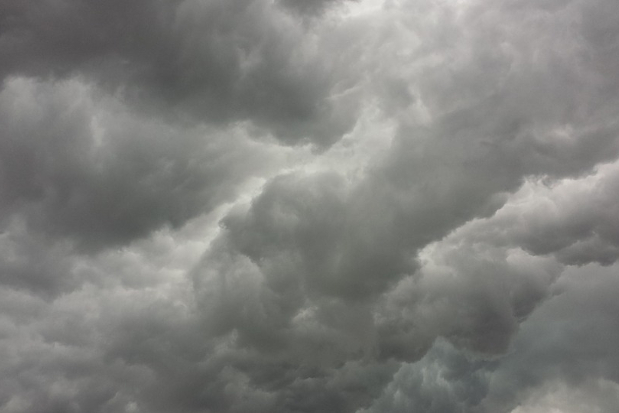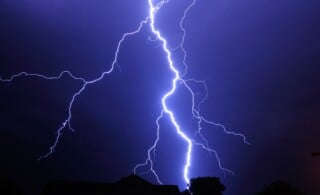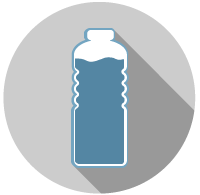
In areas that are prone to violent weather, thunderstorm preparation is an essential part of keeping your home and your family safe. Many people barely flinch when a severe thunderstorm arrives, assuming things will be fine, but storm damage is responsible for thousands of home repairs every year. Even the best preparation won’t guard against every possibility, but it can reduce the likelihood and severity of these repairs. The following thunderstorm precautions are key in making your home a safer, sounder place to be.
Thunderstorm Precautions for Heavy Rains
One of the most damaging aspects of a severe storm comes in the form of heavy rain, which can do damage to foundations, roofing, and your belongings. Thunderstorm safety begins by removing debris from your home’s exterior and making sure your gutters and downspouts are unclogged; these precautions will ensure that precipitation is diverted to places where it will do the least amount of damage. When possible, move items in your basement upstairs before a big storm to prevent any flood damage to them. If your basement is prone to very frequent flooding and/or moving items upstairs is not an option, consider raising your belongings off the floor with palettes or storing everything in heavy duty, waterproof, plastic storage containers.
Thunderstorm Safety for Power Outages and Spikes
While flooding probably poses more frequent damage to your home and its contents, few things send a chill up the spines of homeowners like power outages and electrical surges. One of the best and simplest rules of thunderstorm safety is keeping working flashlights with spare batteries on hand to avoid accidents when the lights go out. Another easy (though often overlooked) rule of thunderstorm safety is unplugging all electronic equipment that is plugged directly into wall sockets during an outage. All electronic appliances, from televisions to computers to microwave ovens, can be damaged or ruined by electrical surges associated with storms. It’s best to only leave one lamp plugged in to avoid problems from a power surge when the power comes back on. Of course, you can also protect your electronic equipment by plugging it into surge protecting power strips with surge protectors.
Ready to start your Storm Damage?
Find ProsThunderstorm Protection Against High Winds
Proper thunderstorm protection is particularly important in areas where high winds are the norm. In these areas, investing in storm doors and operable shutters is a very important part of thunderstorm safety, as these devices can block fast flying debris from causing damage to people or property indoors. To further reduce the risk of outdoor debris causing harm, make sure that all patio furniture, toys, and other outdoor items in and around your yard that are not securely anchored to the ground are brought inside or locked in the garage before a big storm is expected.
Thunderstorm Safety Remodeling
While any number of thunderstorm precautions are likely to reduce the danger and annoyance of a large storm, if your house, itself, is not built to withstand the conditions that surround it, you’re likely to be left with more damage than you can handle after a big storm hits. In areas prone to thunderstorms, safety is often a matter of building and remodeling with your weather conditions in mind. Since there are so many things that can make your home more structurally able to weather a storm, a professional inspection is highly recommended (especially for older homes).
Thunderstorm protection is a preventative measure; often a few simple remodeling projects can mean the difference between mild and severe damage during a storm. Professional inspectors will be able to give you sound advice on things like gutter placement, roofing materials, specialty window glass, and other home additions that can make your home better able to handle the elements. Since local inspectors will have an intimate knowledge of the risks in your area, as well as the precautions that can be taken to combat these risks, the small cost of hiring one can save you big bucks in repair bills down the road.
 Guide to Severe Thunderstorms
Guide to Severe Thunderstorms  10 Essential Tornado Supplies For Your Survival Kit
10 Essential Tornado Supplies For Your Survival Kit  5 Post-Tornado Safety Tips That Could Save Your Life
5 Post-Tornado Safety Tips That Could Save Your Life  Tornado Safety Guide
Tornado Safety Guide  Hurricanes for Kids – Safety Resources, Facts & Projects
Hurricanes for Kids – Safety Resources, Facts & Projects 

Are You Familiar With This Topic? Share Your Experience.